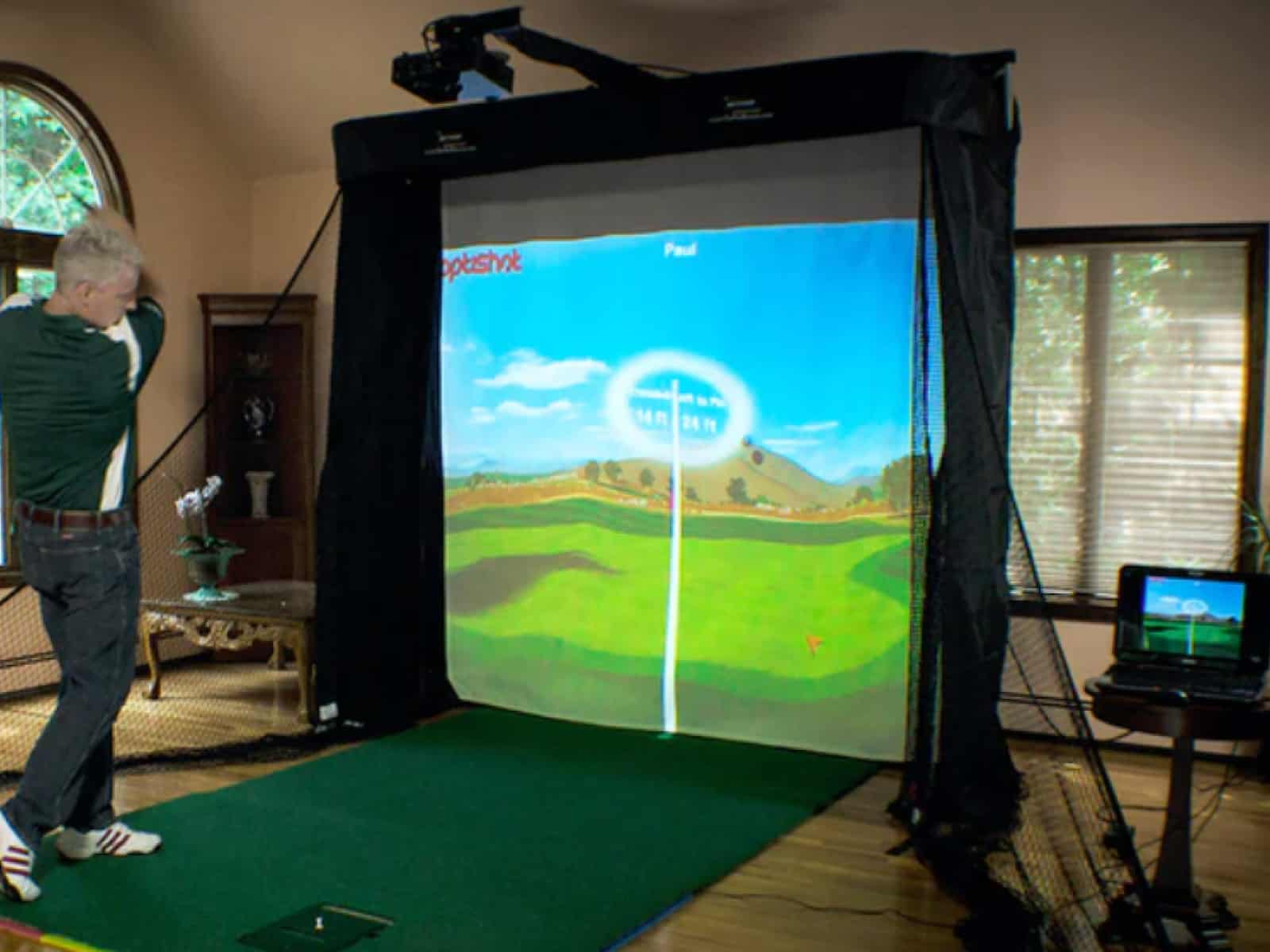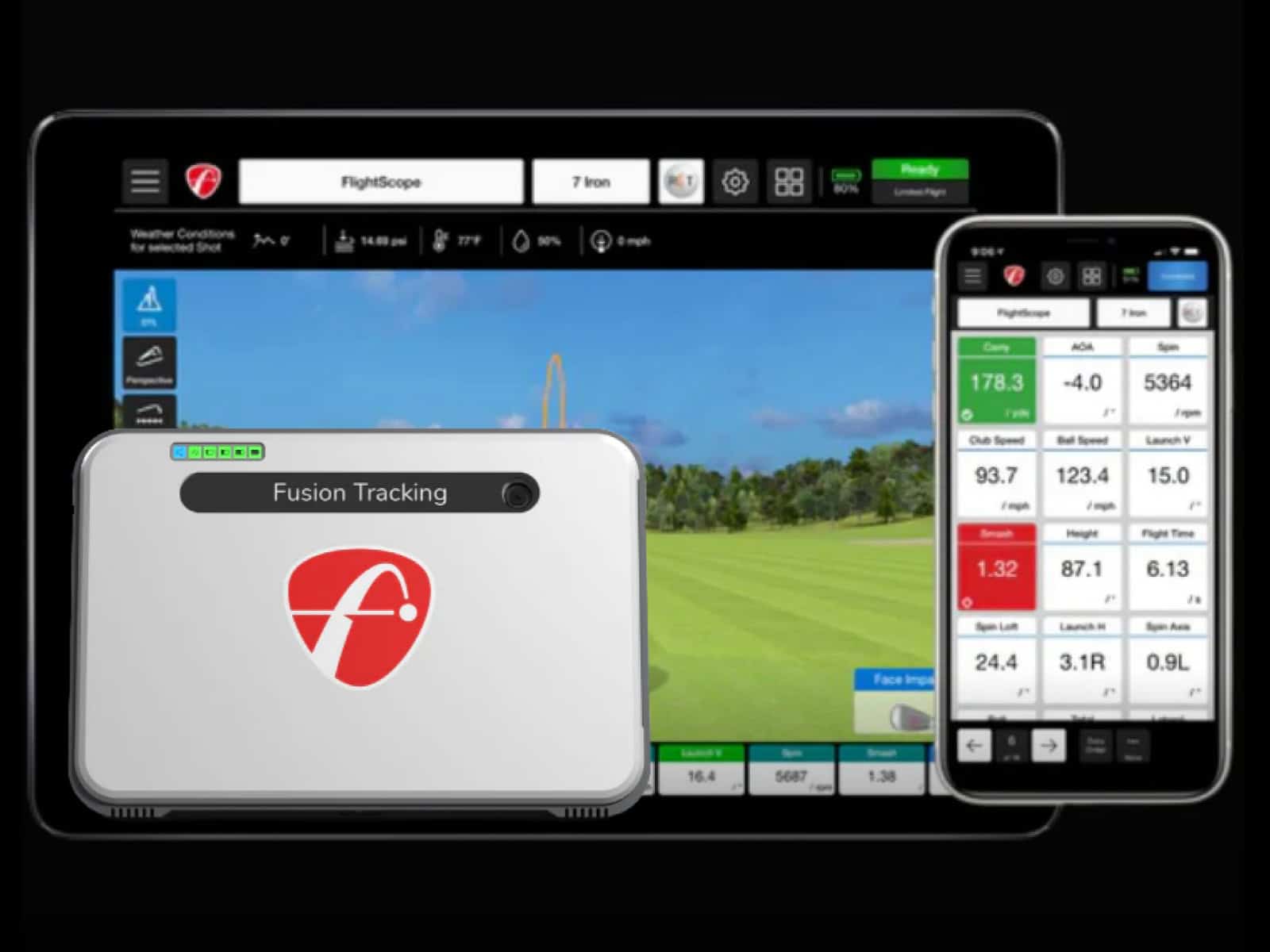With technology continuing to shape the golfing experience, modern golfers now have access to highly advanced launch monitors that provide detailed swing analysis and immersive simulation software for virtual play.
The most critical factor for a smooth virtual experience—and one that is often overlooked—is ensuring your device’s system requirements are compatible with your existing or future setup. If you are building out a luxury in-home golf facility or seeking a portable analyzer for on-course use, understanding these technical specifications is essential for picking the optimal gear for your needs and budget.
This guide breaks down the system requirements for golf simulators to simplify the selection process. With insight into computer processing power, connectivity, simulator integrations, and more, you can confidently invest in your ideal analysis and simulation solution for rapid improvement and enhanced enjoyment of the game.
Overview of Minimum and Recommended System Requirements
When building your golf simulator and selecting a computer for your setup, there are a wide range of component options to deliver different levels of performance, visuals, and expandability. You want to avoid both underspecifying components that can’t handle advanced simulation features and overspending on equipment that goes unused.
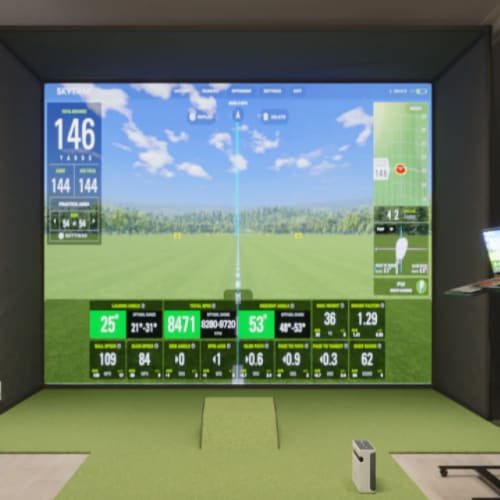
Carefully analyzing the minimum and recommended specifications for processors, graphics cards, memory, storage, and other parts ensures you find the sweet spot for maximizing value according to your simulator software needs both today and for likely future upgrades.
Minimum Requirements
The bare minimum system specifications refer to the lowest performing components that can still boot up the simulator software and run basic course visuals and swing tracking capability with reasonable speed and stability. This would likely involve:
- Dual or quad-core processor from previous 2-3 generations
- Integrated or older mid-range discrete GPU
- 8-16GB RAM
- 256GB SSD storage
While meeting minimum specifications can get basic simulator functionality running, it often means stark visual compromises and limited sensor support.
Recommended Specifications
The recommended specifications target components able to handle HD and even 4k visual fidelity, advanced sensor arrays, larger course libraries, multiplayer support, and future-proofing:
- Modern high-end multicore processor with 8 cores or more
- Dedicated mid-range or better GPU with 8GB+ VRAM
- 16-32GB RAM (32GB advisable for peace of mind)
- 512GB+ SSD storage
- Gigabit network card
Carefully weighing minimum vs. recommended system requirements vs. your budget aims delivers the best balance of price and performance.
Key Factors Influencing System Demands
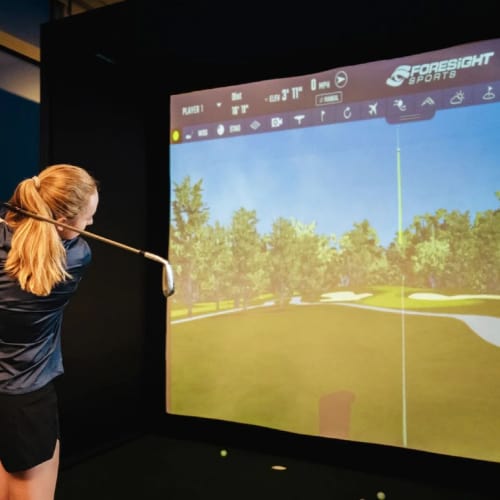
Beyond setting minimum and recommended specifications, golf simulator developers also outline system requirements factoring in variables like:
- Simultaneous Users – More users split available resources across client devices.
- Course Library Size – Visual assets and terrain data take substantial storage.
- Visual Fidelity – HD, 1440p, and 4K rendering place more demand. The higher the resolution, the more processing power required.
- Physics Complexity – More advanced ball flight and sensor analysis require additional computing power.
- Sensor Equipment – Integration of club/ball launch monitors, video elements, motion plates, and other sensors necessitates extra interfaces and data processing capability.
Considering these variables paired with your current and future simulator aspirations will clarify the ideal system requirements in line with your budget.
Computer Processing Power
High-performance processing capability is crucial to render detailed simulated golf environments while analyzing sensor data and calculating advanced ball physics, all in real-time as you swing your club. Here are some best practice recommendations for configuring your simulator’s CPU and GPU.
CPU (Processor)
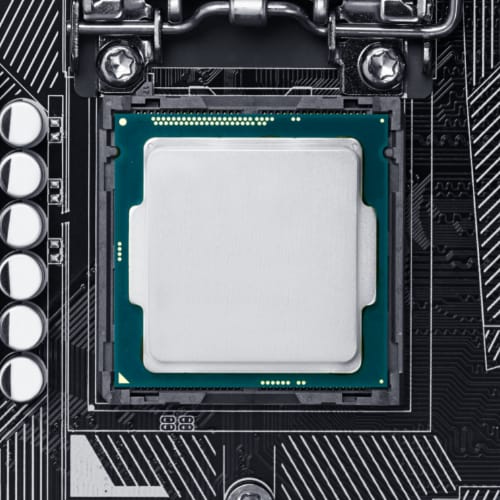
The CPU carries out key tasks like parsing terrain data to construct course visuals, processing data from club/ball monitors and tracker equipment, running swing analysis algorithms, calculating ball trajectories using simulator physics engines, and routing output to audio and visual hardware components.
Higher CPU core count and clock speeds enable smoother parallel processing of these simultaneous compute-intensive simulator tasks. Minimum specifications would be a quad-core chip in the Intel Core i5 class or AMD Ryzen 5 class. However, an Intel Core i7 or AMD Ryzen 7 class CPU is recommended, with core counts scaling up to 8, 12 or even 16 cores for maximum future-proofing.
Many simulator software packages post specific Intel and AMD processor model recommendations and minimum clock speeds to aim for. Processor generation also plays a role as newer architectures introduce efficiency and instructions for improved graphics, video and sensor analytics.
GPU (Graphics Card)
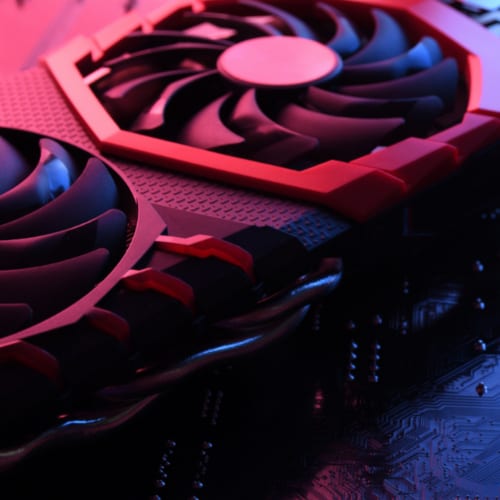
While the CPU handles overall coordination and computational tasks, the GPU is specialized for rendering high-fidelity visuals. Its parallel architecture is optimized for efficiently mapping terrain textures, lighting, particles, and other graphical elements to the simulated environment.
For basic 720p output, integrated mobile class graphics may suffice. But discrete gaming-oriented cards are strongly recommended for smooth HD, 1440p or 4k display resolutions. Mid-range cards like an Nvidia RTX 2060 or AMD Radeon RX 6600 XT with 6/8GB+ VRAM deliver excellent performance per dollar. Higher-end cards like the RTX3080 or the RX7800XT offer maximum resolution and detail settings.
A balanced and high-performance processing foundation ensures your simulator software has sufficient computing resources to deliver an exceptional virtual golf experience well into the future with upgrades.
System Memory (RAM)
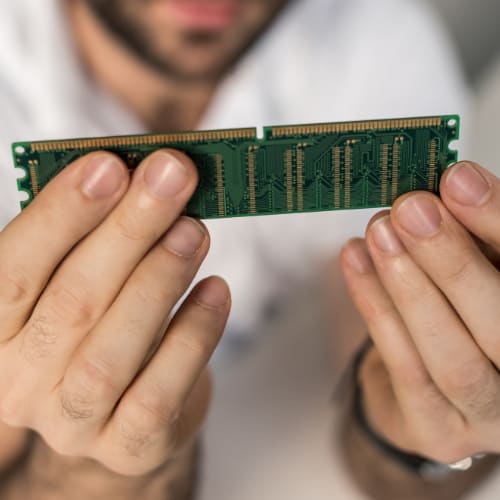
RAM enables the smooth streaming of visual assets from storage into active memory for rendered display output. It also provides working memory for sensor data processing, physics calculations and OS/software multitasking. Insufficient RAM capacity leads to latency, graphical glitches, crashes, and instabilities.
RAM Guidelines – Basic Simulators
For basic simulator configurations focused on low-resolution output with limited terrain and texture detail along with nominal sensor integration, 8GB RAM is minimally required, with 16GB recommended.
8GB may involve some visual compromise, but it can run essential simulation, graphics and sensor tasks. 16GB allows keeping a moderate 3D course active in memory for good visibility radius and terrain detail. It also provides headroom for normal OS usage.
RAM Guidelines – Advanced Simulations
Advanced simulators prioritizing high fidelity visuals, expansive course libraries with photorealistic environments, complex virtual physics, multi-user networking, and extensive sensor equipment integration demand greater RAM capacity:
- 16GB allows solid performance for smooth HD rendering, some multi-course capacity, multiplayer support, and integrated launch monitors.
- 32GB is recommended for uncompromised 4k visualization, largest course libraries, advanced analyzers, and multi-station configurations. This amount allows substantial future expansion, too.
In summary, while basic simulator functionality is possible on 8GB systems, 16GB delivers excellent performance for most, while 32GB handles advanced capabilities. Try to match RAM capacity to your software needs.
Storage
From software installation files and operating system to expansive high-definition course terrain datasets, swing analytics logs and media repositories, running golf simulator software necessitates substantial storage capacity.
Hard Disk Drives vs Solid State Drives
Before deciding on a specific storage capacity, you need to differentiate the various technologies available today:
Hard Disk Drives

HDDs offer the most cost-effective solution for bulk storage needs. Their mechanical spinning platters provide vast pools of storage, with multi-terabyte drives readily available. Maximum capacities make them ideal for housing large course libraries, media files and archives.
However, fragmentation and slower access and startup speeds can cause latency, so we DO NOT recommend using an HDD as your main system drive.
Solid State Drives
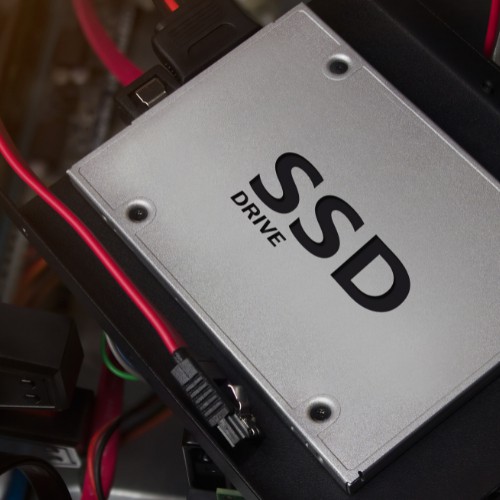
SSDs utilize integrated flash memory chips, so data access and transfer speeds don’t rely on physical read heads. Much faster access eliminates load time lags, which is essential for detailed terrain streaming.
Moreover, faster boot and launch speeds also improve simulator software response. Consumer models are costlier per gigabyte than HDDs, but they deliver a refined experience.
Any SSD will provide much better performance than an HDD; however, we recommend using an NVME SSD, which is capable of reaching speeds much higher than those of SATA SSDs.
We recommend a 1TB+ NVME SSD for hosting core simulator software, OS and active course data paired with a high-capacity SATA SSD or even an HDD to store expanded media libraries, swing session archives and other files.
Local Versus External Storage
Another factor is centralizing storage into the main simulator computer versus external drives or even network-attached storage (NAS).
Internal drives avoid cable clutter, offer maximal speed connecting directly over SATA/M.2 interfaces and consolidate components into a single simulator tower case.
External and networked storage allows the sharing of libraries across multiple simulator stations. Thunderbolt/USB 3.2 enclosures can minimize lag in case you opt for an external storage device.
Optimized storage speed, responsiveness and accessibility are vital for maximizing simulator functionality.
Operating System
The software powering your golf simulator experience relies heavily on a compatible operating system. Understanding the available options and their capabilities is crucial for making an informed decision.
Windows vs Other Platforms
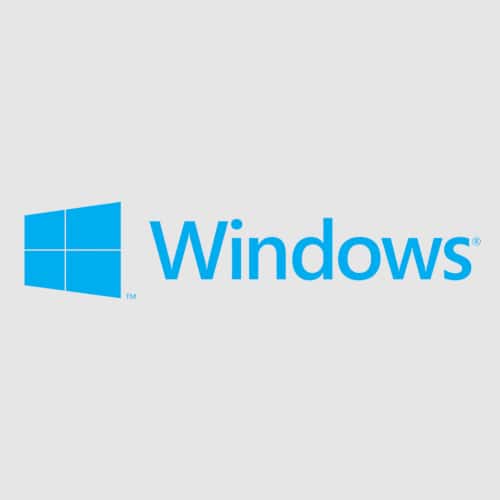
While Windows currently dominates the golf simulator software (and overall gaming) landscape, with nearly all major programs designed for this platform, other operating systems have varying degrees of support:
Mac

While limited, a few golf simulators offer Mac compatibility through software adaptations or cloud-based solutions. However, these options might lack the features and performance of their Windows counterparts.
Linux

Due to its niche market share, native Linux support for golf simulators is virtually nonexistent. Enthusiasts may attempt workarounds using compatibility layers, but such solutions are often complex and unreliable.
Mobile Operating Systems (iOS, Android)
While some basic golf simulation apps exist for mobile devices, they are far simpler and less feature-rich compared to PC-based simulators. These mobile apps are not suitable for serious golfers seeking a realistic and comprehensive simulation experience.
64-bit OS
Regardless of the chosen operating system, opting for a 64-bit version is strongly recommended over 32-bit. This is because 64-bit systems can address a much larger memory space, allowing them to handle the complex calculations and data processing required by modern golf simulator software.
Conversely, 32-bit systems are restricted to a smaller memory space, which can bottleneck performance and limit the software’s capabilities.
Supplemental Hardware
While the core processing components form the foundation of a golf simulator setup, additional hardware can significantly enhance the experience. Here’s a look at key supplemental equipment to consider:
Display Devices
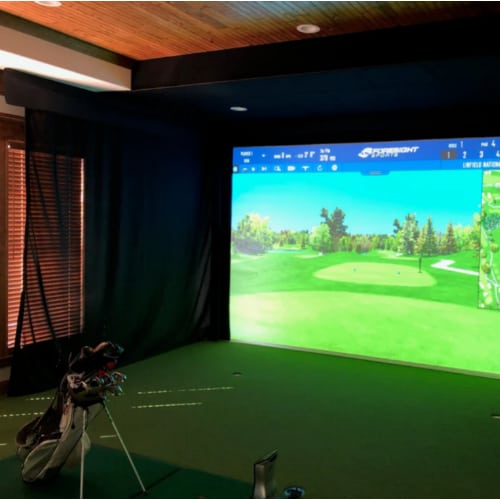
The display serves as your window into the virtual world, so choosing the right one is crucial. Key factors to consider include the following:
- Resolution: Aim for high resolutions (Full HD 1080p or higher) for crisp visuals and a realistic playing experience.
- Refresh Rate: Measured in Hz (Hertz), refresh rate refers to how often the image updates per second. Higher refresh rates (ideally 120Hz or above) minimize visual lag and ensure smooth gameplay.
- Latency: Input latency refers to the time it takes for the display to respond to your actions. Lower latency is crucial for accurate feedback and a natural feel during gameplay.
- Projection vs. LED Screens: Projectors offer a large, immersive viewing experience but can be affected by ambient light. LED screens provide excellent picture quality and consistent performance but might have limitations in size and cost compared to projectors.
Sensor Equipment
Sensor equipment captures your swing data and translates it into in-game actions. Options range from basic to advanced:
- Basic Swing Sensors: These attach to your club and capture basic swing metrics like clubhead speed and impact location.
- Launch Monitors: Capture detailed ball flight data, including launch angle, spin rates, and carry distance, providing valuable feedback for shot analysis.
- Club and Ball Tracking Systems: Utilize multiple sensors to track the entire club and ball throughout the swing, offering highly precise data for comprehensive swing analysis.
- Space Analysis Systems: Employ additional sensors to track your body movement in 3D space, providing insights into swing mechanics, weight transfer and posture.
Choosing sensor equipment depends on your budget and desired level of accuracy and data analysis.
Audio Hardware
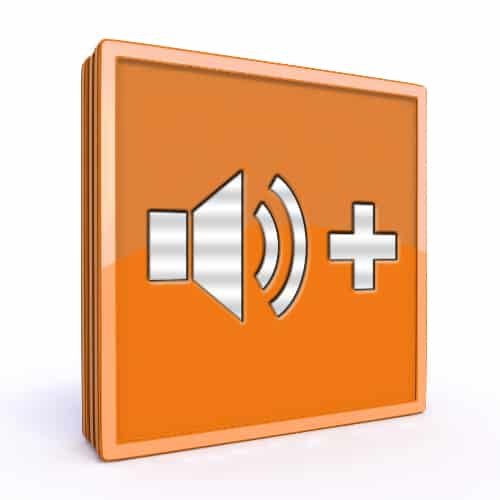
Realistic sound adds another layer of immersion to your golf simulation experience. Consider these factors:
Speakers or Headphones?
Choose speakers for a room-filling experience or headphones for personalized immersion, especially in shared spaces.
Sound Quality
Opt for good audio quality to accurately reproduce course background noise, swing feedback sounds, and multiplayer chat (if applicable).
Network Connectivity

For a seamless multiplayer golf simulation experience, stable network connectivity is essential. Here’s why:
- Data Transmission: Multiplayer modes require constant data exchange between users, including swing data, ball flight information, and course updates.
- Latency: Low latency, measured in milliseconds (ms), ensures near real-time responsiveness. High latency can cause delays and disrupt the flow of gameplay.
Network Requirements
The following are some requirements you need to check to ensure your network connectivity is on par with your virtual golf demands:
Bandwidth
High bandwidth, ideally exceeding 100 Mbps, is necessary to handle the constant data flow in multiplayer simulations. Consider upgrading your internet plan if necessary.
Wired vs. Wireless
While wireless connections offer convenience, wired ethernet connections provide a more stable and reliable connection with lower latency. For optimal performance, prioritize a wired ethernet connection if possible.
Router Quality
Invest in a high-quality router capable of handling multiple devices and ensuring consistent signal strength throughout the designated playing area.
By prioritizing these network considerations, you can ensure a smooth and enjoyable multiplayer golf simulation experience.
Frequently Asked Questions
To make sure all the aspects of the topic at hand are covered, we provided answers to some of the most frequently asked questions related to golf sim system requirements.
Do I need a high-end gaming PC to run golf simulator software?
While high-end gaming PCs often boast the most powerful specifications, they are not always necessary for running golf simulator software. The required specs depend heavily on the specific software you choose and the desired experience.
Carefully research the minimum and recommended system requirements for the specific golf simulator software you’re considering. This will help you determine if your existing computer is suitable or if an upgrade is necessary.
Can I use a laptop or tablet to run a golf simulator?
Yes, you can. However, while some basic golf simulation apps exist for mobile devices, they typically offer a limited and less realistic experience compared to PC-based simulators.
Laptops can be a good option for golf simulators, especially if they possess dedicated graphics cards and meet the minimum requirements of the desired software. However, desktops generally offer more powerful components and superior cooling systems, making them the preferred choice for serious golfers seeking optimal performance.
Is a solid state drive (SSD) better than a hard disk drive (HDD) for golf simulation storage?
Yes, an SSD is generally preferable to an HDD for golf simulation storage. The reason is that SSDs have much faster loading times and improved responsiveness.
While SSDs come at a higher cost per gigabyte compared to HDDs, the performance benefits are significant for golf simulators.
Should I use wired or wireless networking connections for multi-user golf simulators?
For multi-user golf simulators, a wired ethernet connection is strongly recommended over Wi-Fi. Wired connectivity offers a lower latency and enhanced reliability over wireless networks.
While Wi-Fi might seem convenient, the potential for lag and disconnections outweighs the benefits for a seamless multi-user golfing experience.
What are the benefits of using a launch monitor with my golf simulator?
Launch monitors capture detailed ball flight data, providing valuable feedback on factors like clubhead speed, launch angle, spin rates, and carry distance. This information can be crucial for swing analysis, club selection, and overall improvement.
Is it possible to upgrade my existing computer for golf simulation use?
Yes, upgrading specific components like the graphics card or RAM can significantly improve your computer’s ability to run golf simulator software. However, thoroughly research compatibility with your existing system and the software you plan to use to ensure successful upgrades.
Final Thoughts
Matching your golf simulator’s software and course library to appropriate system resources unlocks its full potential. Carefully consider your desired features and functionalities to ensure a smooth, immersive, and rewarding virtual experience.
Crucially, prioritize a powerful CPU and GPU for rendering detailed visuals and maintaining smooth gameplay. Allocate sufficient RAM to avoid performance issues, especially with extensive data processing. Consider opting for an SSD for faster loading times and improved responsiveness. While Windows is the primary platform, explore alternatives if necessary for software compatibility.
Additionally, explore display options, sensor equipment for accuracy and audio hardware for realism. For multi-user setups, prioritize wired connections for a lag-free experience. By carefully evaluating these factors, you can tailor your golf simulator system to your specific needs, transforming it into a valuable training tool and a year-round source of golfing enjoyment.
Thanks for reading!


